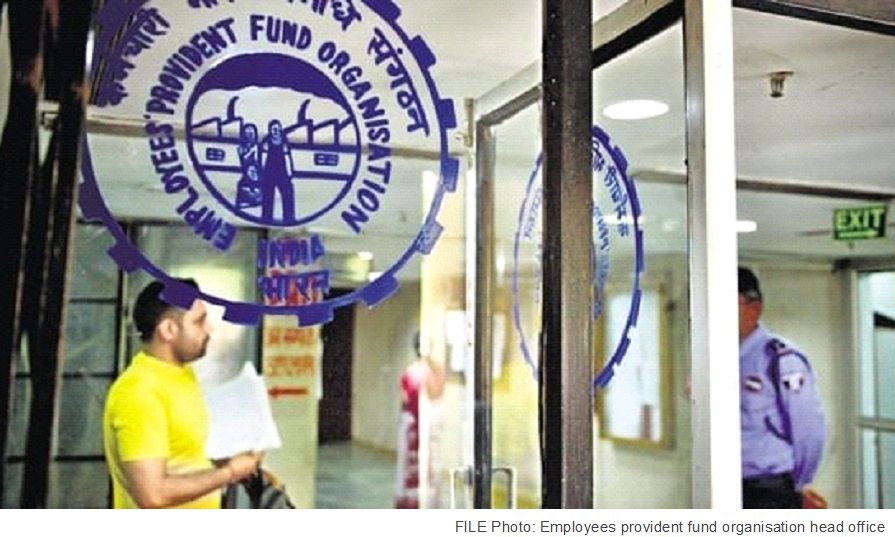Digital dividend for EPFO, subscribers
20 Mar 2024
Opinion: Poonam Munjal and Palash Baruah.
EPFO envisions achieving global standards in social security by 2047 through strategic initiatives, transitioning from enforcement to facilitation.
Digital India was launched in 2015 with a vision to transform India into a digitally empowered society. One of the many benefits of digitalisation is seen in the functioning as well as outreach of the Employees’ Provident Fund Organisation (EPFO). Its member pool has increased from 117.8 million in 2014 to nearly 300 million in 2023, making these many people eligible for essential benefits such as retirement pension, insurance, and provident fund (PF). Of the 2014 strength, 18.5% were women; their share rose to 22.4% in 2023, as women members doubled from 9.24 million to 18.43 million. In 2014, the Universal Account Number (UAN) was allotted to each member for multiple accounts held. Hence, the number of members refers to the actual headcount rather than the number of PF accounts. There is a similar rise in the number of establishments covered under EPFO — from 0.8 million in 2014 to nearly 2.12 million in 2023. This reflects a strong effort by both employers and policymakers to extend the benefits of social security.
Among the many digital initiatives are the introduction of facilities enabling online deposits of contributions, simplified monthly e-challan-cum-return, single-point online registrations on the Shram Suvidha Portal, introduction of digital signatures and e-signs, and online portals for services such as registration, withdrawal, and pension claims, with the launch of online claim facility in 2017. These initiatives have streamlined processes and reduced paperwork and processing times significantly. This landmark year for EPFO digitalisation was followed by the launch of the e-nomination facility in 2019, and a revamped passbook facility in 2023. The EPFO’s mobile app has empowered members to access their accounts, check balances, and initiate transactions with ease, as against the old practice of sending a hard copy of the PF account statement at the end of the financial year.
Besides, digitisation has empowered pensioners through the introduction of digital life certificates and even embedded face authentication technology for Jeevan Praman Patra. The period after 2017 has also demonstrated exceptional efficiency in claims settlement. Now the members can file their claims through multiple modes — website, UMANG mobile app, or the EPFO public relations officer. The digital facilities have not just enabled “ease of living” but also transparency. With no pre-screening and minimal documents to be submitted, the number of claims settled has increased from 14 million in 2017-18 to 58 million in 2022-23. This works out to an astounding 190% growth as against a meagre 10% between 2014-15 and 2017-18. EPFO settles about two lakh claims on any given day. Not only the number of claims but also the settlement amount has risen sharply, from ₹ 41,000 crore to ₹ 1.67 lakh crore. Many of these claims are settled within 20 days, with some settled within 3-6 days as against the earlier 30-day time frame.
Since 2017, the multiple claim forms have been replaced by a single-page composite form, making services more efficient and transparent. This has also eliminated the role of the employer. Instead, members can now directly send forms and documents to EPFO. The aim is to empower members by allowing them greater control and direct access to EPF-related services and transactions.
Eliminating the role of the employer has also brought more transparency and prudent diligence in settlements, as the members are required to send duly filled forms along with KYC records directly to EPFO. They must only make sure that while filing the claims, the details match the EPFO records. Being an automatic system, even a slight mismatch can result in the rejection of the form. However, the system sends the reason for rejection so that the error is rectified.
EPFO envisions achieving global standards in social security by 2047 through strategic initiatives, including expanding coverage to 100 million within the next five years, transitioning from enforcement to facilitation for compliance, and a tech-ready workforce through EPF Karmayogi, among others.
Poonam Munjal is Professor and Palash Baruah is Associate Fellow, National Council of Applied Economic Research (NCAER). The views expressed are personal.
Published in: The Hindustan Times, 20 Mar 2024






